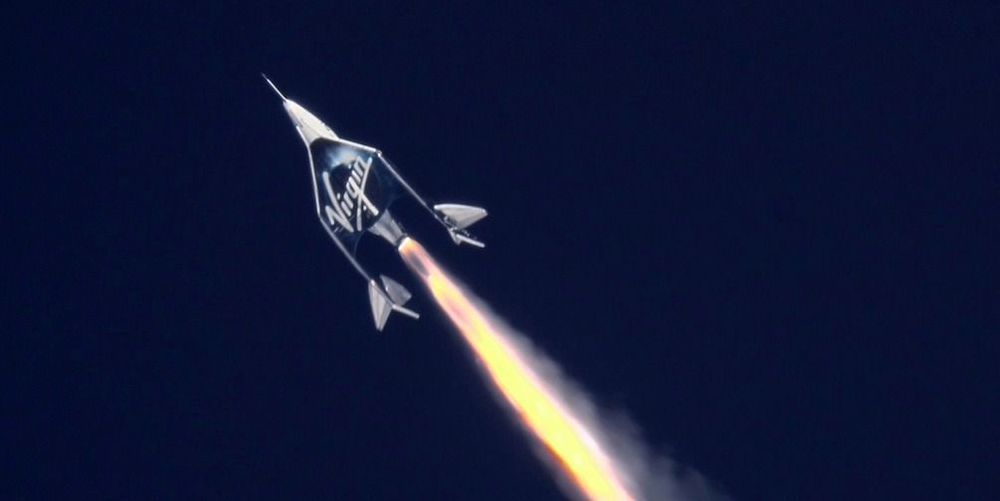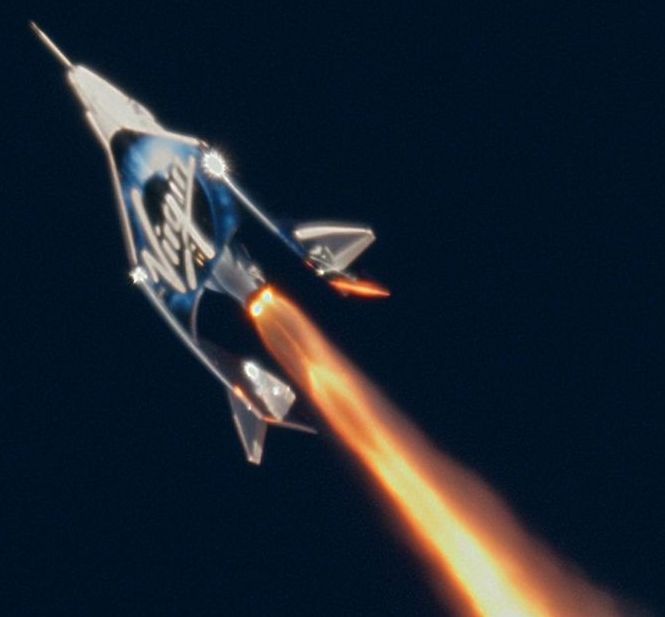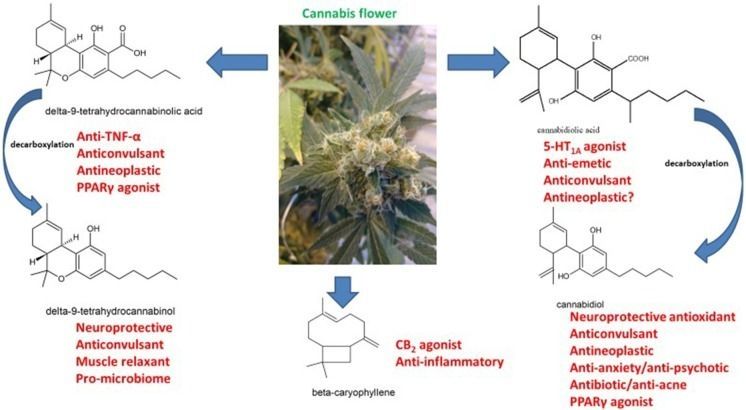The quarks inside atoms move slower than the quarks inside free-floating protons and neutrons. But why?




Don’t look now, but Earth is being bombarded with mysterious, invisible light. Among the typical array of radio signals and microwaves cast out by distant stars, black holes and other celestial bodies, there exists a brand of intergalactic light that consistently boggles scientists’ minds — and their instruments. These signals are known as fast radio bursts (FRBs). These ultrastrong, ultrabright radio signals last only a few milliseconds and are thought to originate from billions of light-years away, though their precise source is unknown. (Aliens have not been ruled out.)
The mystery is partially owed to a lack of data; since astronomers first discovered FRBs in 2007, only about 60 have been observed. Now, those numbers are growing fast. According to two new papers published Jan. 9 in the journal Nature, scientists working at the CHIME (Canadian Hydrogen Intensity Mapping Experiment) radio telescope in the hills of British Columbia have detected 13 new FRBs in just a two-month span. Among these newly captured signals are seven bursts that registered at 400 megahertz — the lowest FRB frequency detected so far — and, for only the second time ever, an FRB that flashed repeatedly, six times in a row.
“Until now, there was only one known repeating FRB,” Ingrid Stairs, a member of the CHIME team and an astrophysicist at the University of British Columbia, said in a statement. “With more repeaters and more sources available for study, we may be able to understand these cosmic puzzles — where they’re from and what causes them.”



Virgin Galactic sent three human beings on Unity for the first time in Friday’s supersonic test flight, which reached three times the speed of sound on its way up. Just before the flight, Richard Branson’s space tourism company told CNBC that astronaut trainer Beth Moses is on the company’s spacecraft Unity, along with the two pilots.
“Beth Moses is on board as a crew member,” a Virgin Galactic spokeswoman told CNBC. “She will be doing validation of some of the cabin design elements.”

I wonder how diet mixed with CBD oil treatment can work on neurodegenerative diseases? A man has told of how he “got his mum back” after a diagnosis of Alzheimer’s disease, in part, by getting her to follow a diet high in berries and leafy green vegetables.
One man has ‘got his mum back’ from the ravages of Alzheimer’s, partly…

#ClinicalTrial The most common syndrome in patients with severe dementia is agitated behavior, which is often characterized by a combination of violent behavior (physical or verbal), restlessness, and inappropriate loudness. The treatment options for this syndrome are limited and lead to severe side effects. In vivo experiments on animals and clinical studies on adults show that cannabinoids could have a beneficial effect on behavioral disorders in general, and in dementia-related disorders in particular.
Full Text View.

Neurological therapeutics have been hampered by its inability to advance beyond symptomatic treatment of neurodegenerative disorders into the realm of actual palliation, arrest or reversal of the attendant pathological processes. While cannabis-based medicines have demonstrated safety, efficacy and consistency sufficient for regulatory approval in spasticity in multiple sclerosis (MS), and in Dravet and Lennox-Gastaut Syndromes (LGS), many therapeutic challenges remain. This review will examine the intriguing promise that recent discoveries regarding cannabis-based medicines offer to neurological therapeutics by incorporating the neutral phytocannabinoids tetrahydrocannabinol (THC), cannabidiol (CBD), their acidic precursors, tetrahydrocannabinolic acid (THCA) and cannabidiolic acid (CBDA), and cannabis terpenoids in the putative treatment of five syndromes, currently labeled recalcitrant to therapeutic success, and wherein improved pharmacological intervention is required: intractable epilepsy, brain tumors, Parkinson disease (PD), Alzheimer disease (AD) and traumatic brain injury (TBI)/chronic traumatic encephalopathy (CTE). Current basic science and clinical investigations support the safety and efficacy of such interventions in treatment of these currently intractable conditions, that in some cases share pathological processes, and the plausibility of interventions that harness endocannabinoid mechanisms, whether mediated via direct activity on CB1 and CB2 (tetrahydrocannabinol, THC, caryophyllene), peroxisome proliferator-activated receptor-gamma (PPARγ; THCA), 5-HT1A (CBD, CBDA) or even nutritional approaches utilizing prebiotics and probiotics. The inherent polypharmaceutical properties of cannabis botanicals offer distinct advantages over the current single-target pharmaceutical model and portend to revolutionize neurological treatment into a new reality of effective interventional and even preventative treatment.
Keywords: cannabis, pain, brain tumor, epilepsy, Alzheimer disease, Parkinson disease, traumatic brain injury, microbiome.
Cannabis burst across the Western medicine horizon after its introduction by William O’Shaughnessy in 1838 (O’Shaughnessy, 1838–1840; Russo, 2017b), who described remarkable successes in treating epilepsy, rheumatic pains, and even universally fatal tetanus with the “new” drug. Cannabis, or “Indian hemp,” was rapidly adopted by European physicians noting benefits on migraine by Clendinning in England (Clendinning, 1843; Russo, 2001) and neuropathic pain, including trigeminal neuralgia by Donovan in Ireland (Donovan, 1845; Russo, 2017b). These developments did not escape notice of the giants of neurology on both sides of the Atlantic, who similarly adopted its use in these indications: Silas Weir Mitchell, Seguin, Gowers and Osler (Mitchell, 1874; Seguin, 1877; Gowers, 1888; Osler and McCrae, 1915).